#1910s colours
Explore tagged Tumblr posts
Text
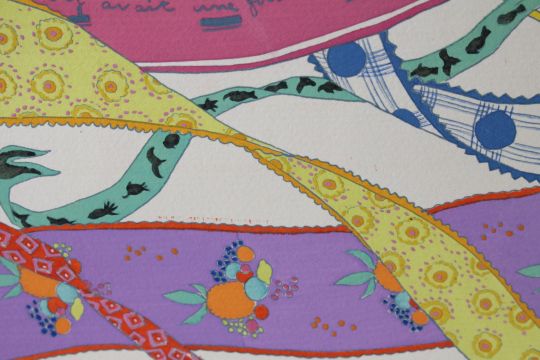

Georges Lelape, Des rubans (Ribbons), La Gazette du Bon ton, 1913
#georges lepape#illustration#1913#art#ribbons#des rubans#la gazette du bon ton#lepape#1910s fashion#1910s colours#la belle epoque#art nouveau#edwardian#edwardian era#edition originale#paris#french illustrations#1913 illustrations#french art
245 notes
·
View notes
Text

Tristan and Isolde, John Duncan (1912)
#john duncan#symbolist art#symbolist painting#tristan and isolde#tristan and iseult#art#painting#1910s#art nouveau#artcore#circa 1910#1900s art#1910s art#aesthetic#medieval#medieval art#medieval painting#medieval core#colourful#colourful art#.png
31 notes
·
View notes
Text
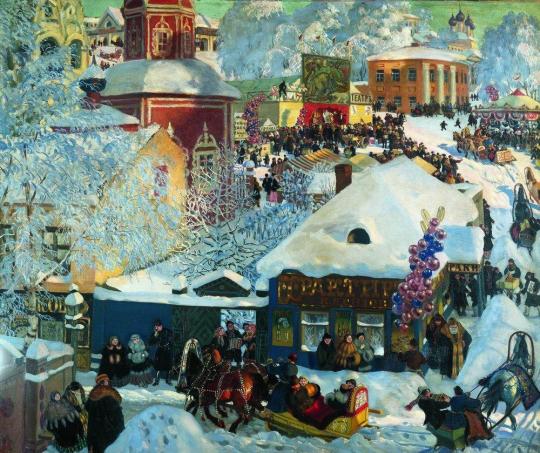
Boris Kustodiev (1878-1927) "Winter. Maslenitsa festivities" (1919) Maslenitsa, also known as Butter Lady, Butter Week, Crepe week, or Cheesefare Week, is an Eastern Slavic religious and folk holiday which has retained a number of elements of Slavic mythology in its ritual. It is celebrated during the last week before Great Lent; that is, the eighth week before Eastern Orthodox Pascha. The traditional attributes of the Maslenitsa celebration are the Maslenitsa effigy, sleigh rides, and festivities. Russians bake bliny and flatbread, while Belarusians and Ukrainians cook pierogi and syrniki.
#paintings#art#artwork#cityscape#winter#boris kustodiev#russian artist#maslenitsa#holiday#eastern orthodoxy#christianity#snow#folklore#religious holidays#bright#colorful#colourful#1910s#early 1900s#early 20th century
75 notes
·
View notes
Text


Dowager Queen Alexandra sat and pictured the day of her granddaughter's wedding, October 15th, 1913.
22 notes
·
View notes
Text
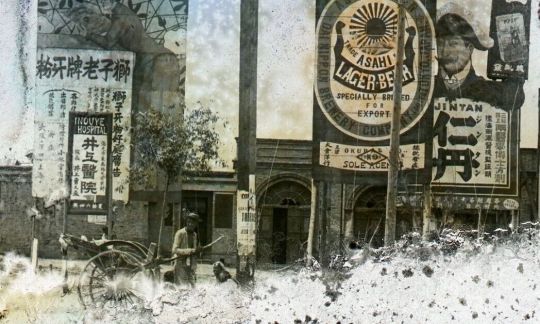
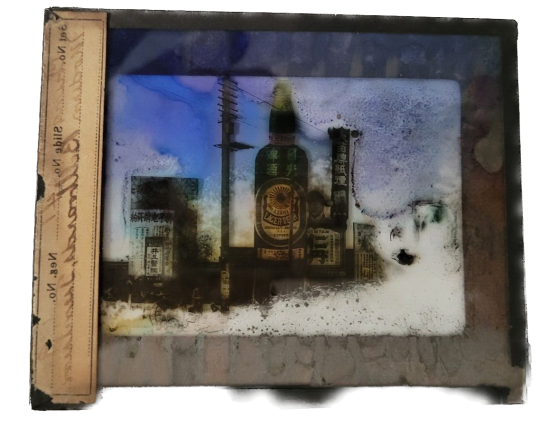
Damaged tinted glass lantern slide showing early historical view with billboards advertising Asahi Beer and Jintan in Tientsin China. 1910s (?)
#magic lantern#hand coloured photography#hand coloured photograph#china#tientsin#中國#天津#仁丹#asahi beer#asahi lager beer#井上醫院#1910s#damaged
79 notes
·
View notes
Text
god spare me from articles about Henry VI's death written by Ricardians going, "how do we even know Henry VI was murdered? huh? huh? Tudor propaganda!!"
#blog#henry vi#the death of henry vi#look w j white has some good points but it's buried under a lot of defensive ricardian posturing#and i do not appreciate that he straight up says w. h. st john hope invented the story about some of henry's hair being matted with blood#look. yes we should be sceptical that what st john hope's saw was hair matted with blood since he had no medical training and it was 1910#...but how are we in the position to claim he invented the story? not a single one of us has seen henry's remains#st john hope was recording what he witnessed and he clearly believed it was probably blood#he says that there were some pieces of the broken skull that still had some of the hair attached#he says the hair was brown in colour 'save in one places where it was much darker and *apparently* matted with blood'#(my emphasis)#which leaves the possibility open that it wasn't blood#it also seems unlikely that if the blood-like substance was something used in the embalming process#that it only appears one one piece of the skull#and shut up about tudor propaganda
14 notes
·
View notes
Text

Women's dresses, 1913.
#historical fashion#fashion plates#women's fashion#year: 1913#decade: 1910s#century: 1900s#20th century#nationality: french#publication: De Gracieuse#era: third republic#era: edwardian#era: prewar#era: titanic#day wear#day dress#clothing#dress#gown#green#wrap dress#red#blue#orange#colour illustration
8 notes
·
View notes
Text

Detail of Thea Proctor’s coloured linocut Flower Shop, c1919.
Art Gallery of New South Wales.
#thea proctor#art#coloured linocut#australian artist#1910s style#late 1910s#1910s art#1910s#flower shop#flowers
7 notes
·
View notes
Text
youtube
Faces of colonialism: the story of an imperialist propaganda, September 7, 2023
For a long time, photographer Robert Lohmeyer shaped the European view of Africa. During his travels, from 1907 to 1909, he photographed the German colonies -- in color, for the first time. In doing so, he laid the photographic foundations of racism. The young photographer‘s trip to the German colonies of Togo, Cameroon, German Southwest Africa (now Namibia) and German East Africa (now Tanzania) was taken at the height of German imperialism. In his photographs of his travels, Robert Lohmeyer generated enthusiasm for these distant lands that Germany considered its possessions. Making use of the most up-to-date photographic equipment at the time, Lohmeyer’s project was a meticulously planned PR campaign. Its goal? A celebration of colonialism and empire. Lohmeyer’s resulting photography books were seen by huge numbers of people. Even today, the pictures are still in circulation. Lohmeyer's photos convey the image of a "peaceful savage" in a paradisiacal landscape. A colonial idyll. Because the images are in color, they evoke a feeling of authenticity and truthfulness. War, disease, hunger and death do not appear in Lohmeyer's pictures. Based on unpublished written sources and photographs, the documentary follows Lohmeyer's journey. It tells the story of a chapter in the history of photography. But it also tells the story of a propaganda coup. Finally, the film explores Lohmeyer’s contribution to a new kind of racism -- in color - the effects of which can still be felt today. Deutsche Welle
#Robert Lohmeyer#German#colonialism#racism#eurocentrism#exploitation#ethnocentrism#documentary#photography#colour#1910s#20th century#media#propaganda#Namibia#Togo#Cameroon#Tanzania#portrait#landscape#imperialism#WWI#WWII#Michael Mueller#history#cultural appropriation#Youtube
22 notes
·
View notes
Text

Lugano, Switzerland (c. 1910) photographed by Sergey Prokudin-Gorsky. Library of Congress.
#lugano#ticino#tessin#switzerland#europe#svizzera#schweiz#suisse#library of congress#sergey prokudin-gorsky#prokudin-gorsky#wikipedia#wiki#wikimedia commons#photograph#photography#picture#urban photography#early photography#history of photography#colour photography#1910s#circa 1910#belle epoque#european history#russian art#swiss#lakeside#lake lugano#landscape
5 notes
·
View notes
Text

Georges Lepape, Cushions, Modes et manières d’aujourd’hui, 1912.
"Voici l'heure toutes si delicate, Si delicates et precieuse, ou goute. Les minutes qui s'egrenneni goutte a goutte. Comme un collier de turquises et d'agates. (Here is the hour all so delicate, So delicate and precious, or taste. The minutes slipping away drop by drop. Like a necklace of turquoises and agates)."
#georges lepape#illustration#fashion#art#1912#1910s fashion#fashion illustrations#la belle epoque#belle epoque#art nouveau#1910s colours#paris#chic#parisian chic#paris fashion#paris mode#mode#1912 illustrations#lepape#dessin#french art
40 notes
·
View notes
Text
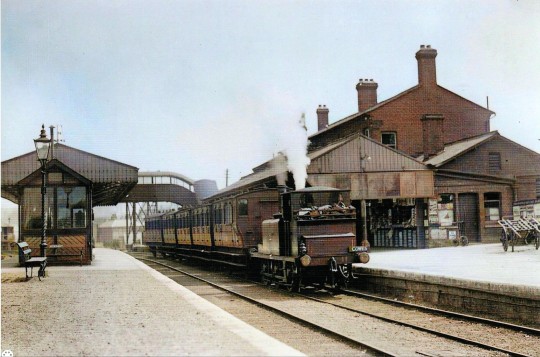
Lost in time.
A Colourized photo of terrier W11, seen at Newport Station in 1910 with a train for Cowes.
Unknown original photographer.
#heritage#isle of wight#train#station#history#locomotive#line#photography#wight#wightwanderer#archive#colourized#1910s#newport#platform#historic#terrier#loco#railway#iow#isle
4 notes
·
View notes
Text


The Three daughters of King Frederick August III of Saxony. Princesses Marie-Alix, Margarete Karola, and Anna of Saxony, 1914.
#saxony#princess#germany#germanroyals#german royalty#princesses#1910#edwardian era#1910s#fashion#colorization#coloured#colourisation#history#historycolored#historycolourised#historycolorized#historyincolor#explore#follow#like#tumblr
12 notes
·
View notes
Text

Colourized photo of Grand Duchess Anastasia Nikolaevna and Ana Vyrubova, during the summer of 1915.
6 notes
·
View notes
Text
Moving into a new (old) flat next friday. Recieved the keys today.
I want words with the person who decided beige wallpaper was a good idea.
Landlord white, come back! All harsh words I've said were in haste.
#Who picked this colour?#Fucking peeling latte nonsense#The height to the ceiling is much better than now though and the layout is really good#House from 1910 so the perks will be excellent and the drawbacks probably equal in number#Top floor too so the neighbours can tap dance in their clogs to their hearts delight
3 notes
·
View notes
Text
whilst putting the big books back on the shelf, I stumbled across a book of photographs from the collections of a particular photographer from where I live. ignoring the fact that the compilers didn’t know how to date photographs (like did they REALLY think a picture with a horse-drawn taxi and women in lingerie dresses were from the 1930s???) and I found a picture of one of the old k-class garratts on the north-east dundas tramway. love that
#the 'knows a little about historical fashion' in me knows that there were quite a few misdated pictures in it#and I think it's because they might've been developed at a later time or reprinted at a later time#because they had perfectly 1917 era fashion in a picture dated 1917.#but yeah like not until the popularisation of mobile phones and the internet did we here have the same fashion as on the mainland#yet alone the fashions coming out of the uk and america#so give about two or maybe even three years before things come and go out of style and maybe more for that since you didn't chuck#an old dress once it became unfashionable you'd usually alter it to be fashionable again#but like. for a regatta you'd want to wear your best. that's usually more up-to-date than say your not-leaving-the-house-today dress#and this picture was dated 1920s. meaning that it's likely later than 1920 on the dot which if it were I could see#but honestly every single lady in that picture was wearing a white dress and the ones you could see had a coloured belt#not that you could tell since. black and white.#and the hat styles said what#I looked it up to double-check and those hats matched mid-1900s perfectly AND SO DID THE MEN'S HATS#so I'd say... late 1900s? maybe even 1910 or 11? y'know. A DECADE EARLIER?#like come on you were paid to write this book#and dear fucking god the picture I mentioned in the post body. dates 1930s. it probably was taken around 1909 when that building was new#it couldn't be after 1911 for reasons that would be obvious if you know a little about where I live#and it's really only on these few photographs. and I know it was 1987 so they couldn't like. google the fashion era or anything#which tbh is the best bet at dating this stuff because looking up online stuff about where I live is. tricky#like c'mon I wanna look up creepy little-known stuff about where I live. I don't wanna rely on a seemingly abandoned wordpress page
4 notes
·
View notes